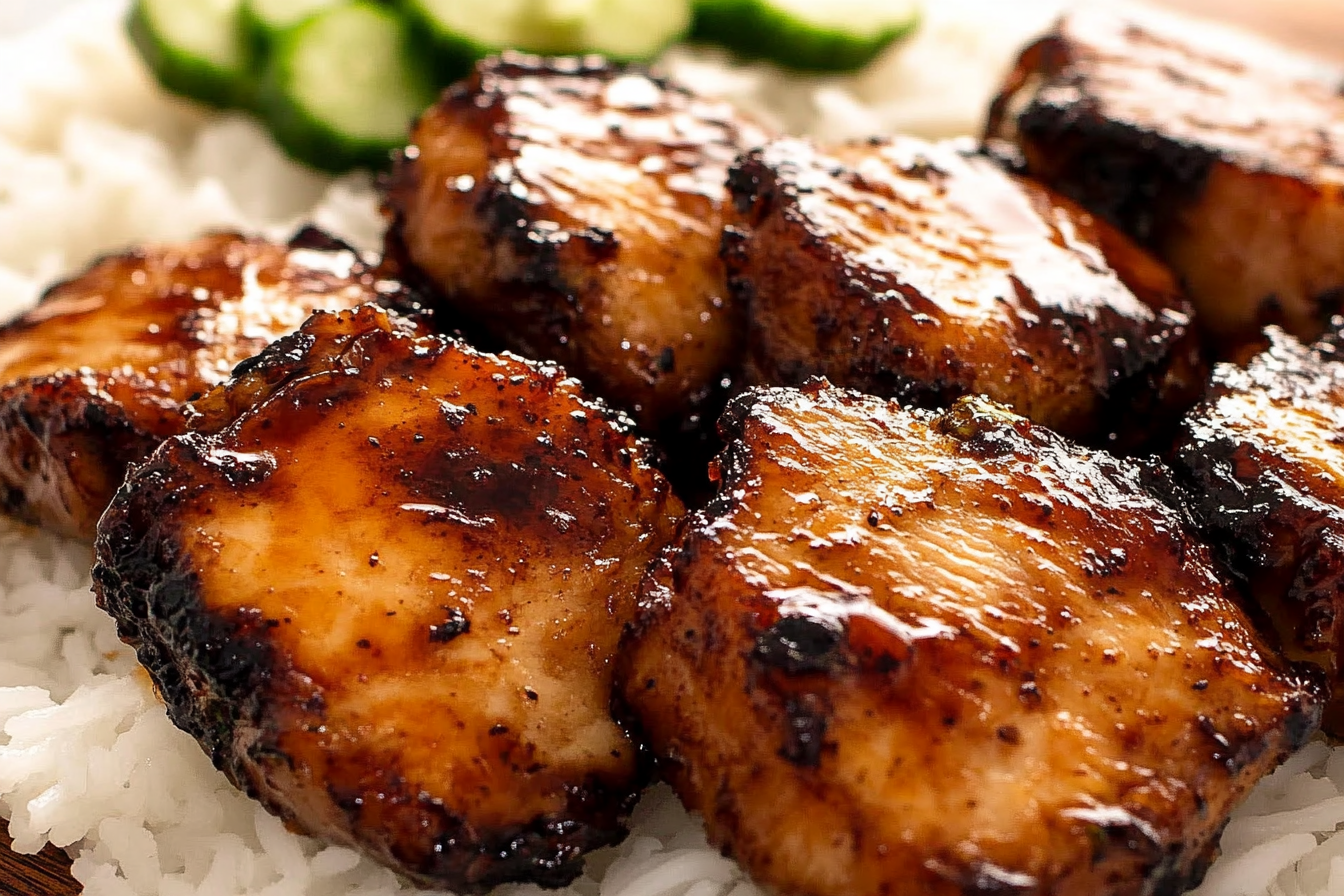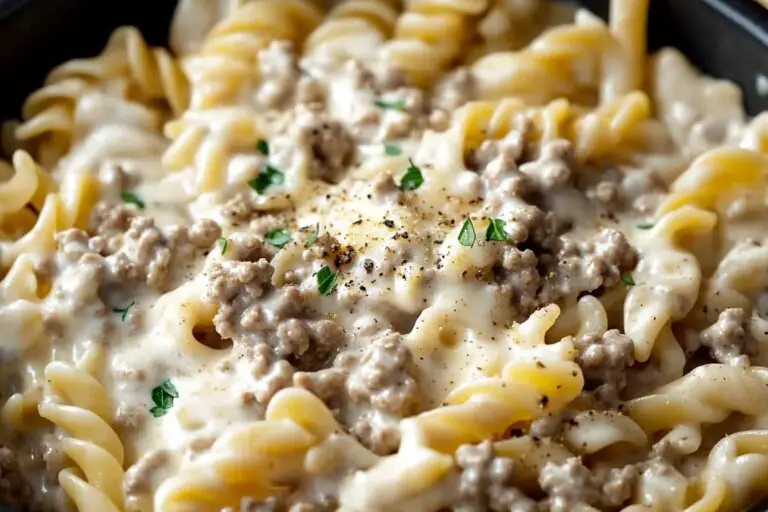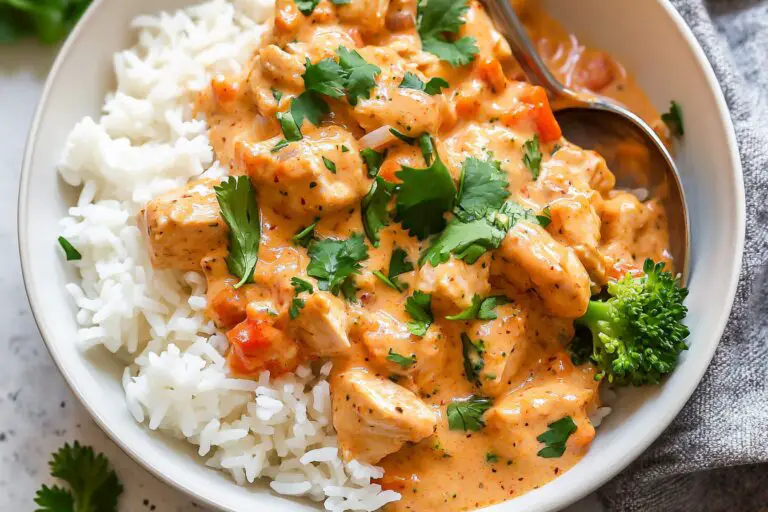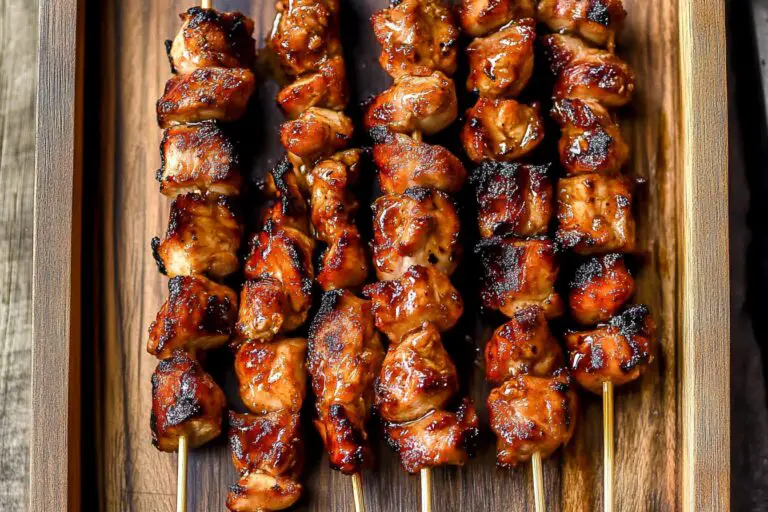Beef and Broccoli Stir-Fry
Introduction
Chinese cuisine is beloved around the world for its rich flavors and diverse dishes. If you’re looking to bring a taste of China into your kitchen, you’ve come to the right place. This article will guide you through some authentic Chinese food recipes that are not only delicious but also easy to prepare at home. With simple ingredients and cooking methods, anyone can create an impressive meal that will delight family and friends.
Detailed Ingredients with measures
To create your favorite Chinese dishes, you will need a variety of ingredients, each adding its unique flavor and texture to the recipes.
– Chicken Breast: 500 grams
– Soy Sauce: 3 tablespoons
– Cornstarch: 2 tablespoons
– Ginger: 1 inch, minced
– Garlic: 2 cloves, minced
– Bell Pepper: 1, sliced
– Carrot: 1, thinly sliced
– Onion: 1, sliced
– Broccoli: 1 cup, florets
– Vegetable Oil: 2 tablespoons
– Sesame Oil: 1 tablespoon
– Rice: 2 cups, uncooked
Prep Time
Approximately 15 to 20 minutes is needed to prepare the ingredients for your Chinese food recipes. This includes chopping vegetables, marinating the meat, and measuring out sauces and spices to ensure a smooth cooking process.
Cook Time, Total Time, Yield
The cooking time for most Chinese dishes typically ranges from 15 to 30 minutes, depending on the complexity of the recipe. In total, you can expect to spend about 30 to 50 minutes from start to finish, including prep time. Each recipe will yield enough food for 4 servings, making it a great option for family meals or gatherings. Enjoy exploring the delicious world of Chinese cooking!

Detailed Directions and Instructions
Step 1: Preparing the Ingredients
Gather all the necessary ingredients for the recipe. Ensure that they are fresh and washed adequately. Chop, dice, or slice as per the requirements.
Step 2: Marinating the Protein
In a bowl, combine your protein choice with marinade ingredients. Allow it to sit for at least 30 minutes to soak up the flavors.
Step 3: Cooking the Vegetables
Heat oil in a wok or large frying pan over medium heat. Add chopped vegetables and stir-fry until they are vibrant and tender.
Step 4: Cooking the Protein
Push the vegetables to the side of the wok and add the marinated protein. Cook until it’s browned and cooked through.
Step 5: Combining Ingredients
Mix the vegetables and protein together in the wok. Stir well to combine all the flavors.
Step 6: Adding Sauces
Pour in the sauces and stir continuously to coat all the ingredients. Allow it to simmer for a few minutes until well-mixed.
Step 7: Final Touches
Taste the dish and adjust seasoning if necessary. If desired, add a sprinkle of sesame oil for extra flavor.
Step 8: Serving
Serve the dish hot, garnished with green onions or sesame seeds. Pair with rice or noodles.
Notes
Note 1: Ingredient Substitutions
Feel free to substitute any protein or vegetable based on personal preferences or dietary restrictions.
Note 2: Cooking Time Variations
Cooking times may vary depending on the types and sizes of the ingredients used.
Note 3: Storage Tips
Leftovers can be stored in an airtight container in the refrigerator for up to three days. Reheat thoroughly before serving.
Note 4: Serving Suggestions
This dish can be served as a main course or as part of a larger family-style meal with additional sides.

Cook techniques
Stir-Frying
Stir-frying is a quick cooking method that involves high heat and little oil, allowing vegetables and proteins to retain their flavor and crispness.
Steaming
Steaming is a healthy technique that preserves nutrients and flavor in food. It involves cooking food over boiling water, making it soft and tender without using oil.
Wok Tossing
Wok tossing is an essential skill in Chinese cooking that ensures even cooking as ingredients are quickly tossed in a hot wok to combine flavors and textures.
Blanching
Blanching involves briefly boiling food before plunging it into cold water. This technique enhances color and texture, particularly for vegetables.
Deep-Frying
Deep-frying is a method of cooking food by submerging it completely in hot oil, creating a crispy exterior while keeping the inside moist and flavorful.
Marinating
Marinating involves soaking food in a seasoned liquid to enhance its flavor and tenderness before cooking, often used for meats and tofu.
Braised Cooking
Braised cooking combines moist and dry heat, starting with searing meat followed by slow-cooking in liquid, resulting in tender and flavorful dishes.
FAQ
What is the best oil for stir-frying?
The best oils for stir-frying are those with high smoke points, such as vegetable oil, peanut oil, or canola oil, which can withstand the high heat required.
How do you prevent vegetables from getting soggy when stir-frying?
To prevent sogginess, ensure that the wok is hot enough before adding ingredients and avoid overcrowding, as this can lower the temperature and cause steaming.
What vegetables are best for steaming?
Vegetables such as broccoli, carrots, and bok choy are great for steaming, as they hold up well and retain their vibrant colors and nutrients.
How long should I marinate meat for best results?
Marination times vary, but generally, meats should marinate for at least 30 minutes to several hours depending on the type and cut of the meat.
What are some tips for successful deep-frying?
To deep-fry successfully, make sure the oil is at the right temperature, prepare food in small batches, and be cautious of moisture in the batter to avoid splattering.
Can I use a regular pan instead of a wok for stir-frying?
Yes, a regular pan can be used, but a wok is preferred for its shape and ability to distribute heat evenly, allowing for better stir-frying performance.

Conclusion
Chinese cuisine offers a rich tapestry of flavors and textures that can be enjoyed in the comfort of your home. With a variety of recipes ranging from stir-fries to dumplings, there’s something to satisfy every palate. Experimenting with different ingredients and techniques can elevate your culinary skills and provide endless meal options for you and your loved ones.
More recipes suggestions and combination
Sweet and Sour Pork
A classic dish that balances tangy, sweet, and savory flavors, perfect for pairing with steamed rice.
Kung Pao Chicken
A spicy stir-fry featuring chicken, peanuts, and vegetables, ideal for those who enjoy a bit of heat.
Vegetable Fried Rice
A great way to use leftover rice, this dish can be customized with your favorite vegetables and proteins.
Beef and Broccoli
Tender beef paired with nutritious broccoli in a savory sauce makes for a hearty meal.
Egg Fried Rice
Simple yet delicious, this fried rice recipe is a quick option that works wonderfully as a side dish or main course.
Chow Mein
Noodles stir-fried with vegetables and your choice of protein create a satisfying and fulfilling dish.
Hot and Sour Soup
A warming soup that combines spicy and tangy flavors, perfect to start off any meal.
Dumplings
Versatile and delicious, these can be filled with meat or vegetables and served steamed, boiled, or fried.
Chinese BBQ Pork (Char Siu)
Sweet and savory marinated pork that can be served with rice or in noodle dishes.
Mapo Tofu
A flavorful and spicy dish made with tofu and minced meat, great for those looking for a vegetarian-friendly option.







